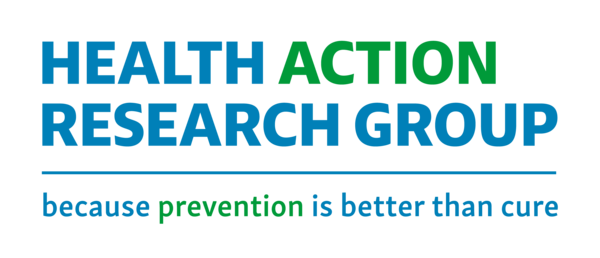The link between education and health
Studies have shown direct links between education and factors such as health and life expectancy rates, with academic achievement playing a potentially significant role in reducing health inequalities by shaping life opportunities. For example, research has found that adults with significantly lower educational attainment are more likely to suffer from poor health compared to other population groups, even in highly developed countries, due to the inequalities caused by education. According to a report conducted by the Department of Health in 2008, those with lower educational attainment levels are more likely to smoke or be obese and so be at increased health risk. In the UK, there is evidence suggesting people living in the lowest healthy life expectancy (HLE) areas generally have lower educational attainment than people living in the highest HLE areas. Conversely, adults with higher educational achievements tend to live longer and healthier lives, with fewer comorbidities.
Health inequalities and the economy
Health inequalities don’t just blight the life chances of those most adversely affected.
Reducing health inequalities would also have significant economic benefits for the UK. In England, health inequalities have been estimated to result in productivity losses of about £32 billion. That’s in addition to increased welfare payments, lower tax revenues as well as an increase in healthcare costs of over £5 billion per year.
Understanding why children from low-income families underachieve academically
Differences in the home learning environment help explain why children from poorer backgrounds have lower test scores than children from better-off families, with poverty exacerbating existing inequalities. For example, children from poorer backgrounds may have less access to books and libraries and their parents may use a narrower vocabulary and make greater use of tablets and TVs as virtual ‘childminders – potentially limiting their language development. This means they start primary school already at a disadvantage. Almost half of children in single parent families have parents working several jobs to make ends meet. Not only that, the Children’s Society report in 2018 highlighted that a high proportion of children living in poverty struggle to afford necessary items such as uniform and school equipment. It also found that working-class parents are less powerful than middle-class parents in their relations with schools, as social class appears to influence the parent-teacher relationship.
According to GLAEconomics, there is significant under-investment in early years interventions in the UK, with no single body, such as the NHS or the police, having the necessary funding to cover the direct costs of early years interventions, all which are linked to reducing health inequalities and breaking cycles of deprivation. This highlights the importance of centralised funding (such as from the Department of Education) to ensure long-term sustainable investments in early years interventions.
The current health crisis has added increased pressure on low-income families. A recent NEU member survey found that 14% of all students responding had limited access to technology at home during the pandemic. Meanwhile, ensuring students have a space to study at home is a current key issue policymakers need to address – almost 60% of primary schoolchildren from low-income families do not have access to their own dedicated study space. Policy recommendations can include dedicating a separate fund to tackle lack of space and technological devices at home, for example reserving specific areas within local libraries for students from low-income families.
Race discrimination potentially limits the effect of education
Although education can improve people’s life chances and help reduce health inequalities, some barriers still remain, not least race discrimination and bias in the workplace.
According to many studies, White ethnic groups are more likely to be promoted than BAME groups, even if they are less qualified and people with Indian or Pakistani-sounding names are 28% less likely to be invited to an interview than similarly qualified candidates with English-sounding names. The current BAME employment rate stands at 62.8%, while white groups have an employment rate of 75.6%.
This suggests that, while education can play an important part in reducing health inequalities, it is not a panacea. Other factors are also at play.
Decreased government spending on adult learning
In principle, people whose educational progress was limited by their background in their early years and while at school might be able to ‘catch up’ through learning as mature students.
Unfortunately, central and local government funding for adult education has remained a low priority while employer investment in skills training programmes in the UK remains low when compared with other European countries. Perhaps as result, research suggests that adults who left school before the age of 16 have less than a 50% chance of getting involved in education again when compared with those who stayed in full time education until the age of 21. This effectively reinforces educational and thereby health inequalities.
Education is one of a number of factors influencing health
Education is not the only important factor affecting health. Empirical studies have shown that the effect of income on health is similar to the effect of education. Furthermore, the immediate impact of education on healthcare costs is not always so positive - education may increase the uptake of preventative care which may lead to rise in health care costs in the short-run (while reducing longer term costs, as prevention is less expensive than medication and surgery). Also, while education seems to have a high impact in preventing mental health illnesses such as depression and anxiety, it has little impact on a person’s general well-being or satisfaction levels.
Conclusions
- Education increases the chances of living a long and healthy life and has the potential to reduce health inequalities.
- However, educational success is itself significantly influenced by social background, so unless the social determinants are addressed, education can end up reinforcing health inequalities.
- Early years interventions are therefore particularly important to release the educational potential of children from deprived areas – together with support while at school, plus accessible opportunities to learn later in life.
Sara Meriouma, July 2021
